Cleaning with Baking Soda
Here’s how to do it:
Step 1: Sprinkle baking soda evenly on the bottom of the pot, covering the burnt area.
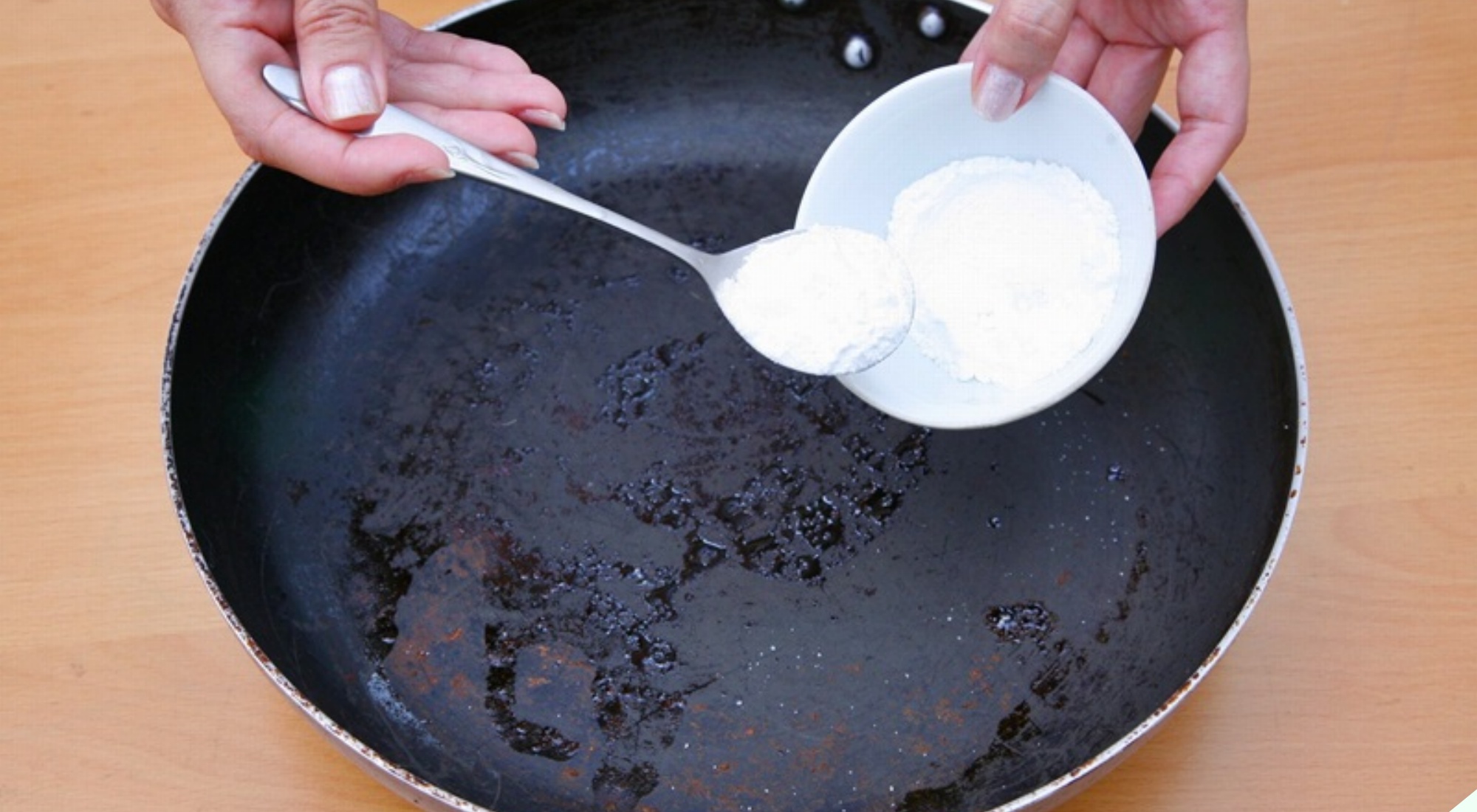
Step 2: Let it sit for about 15-20 minutes until the burnt marks on the bottom of the pot start to soften and come off.
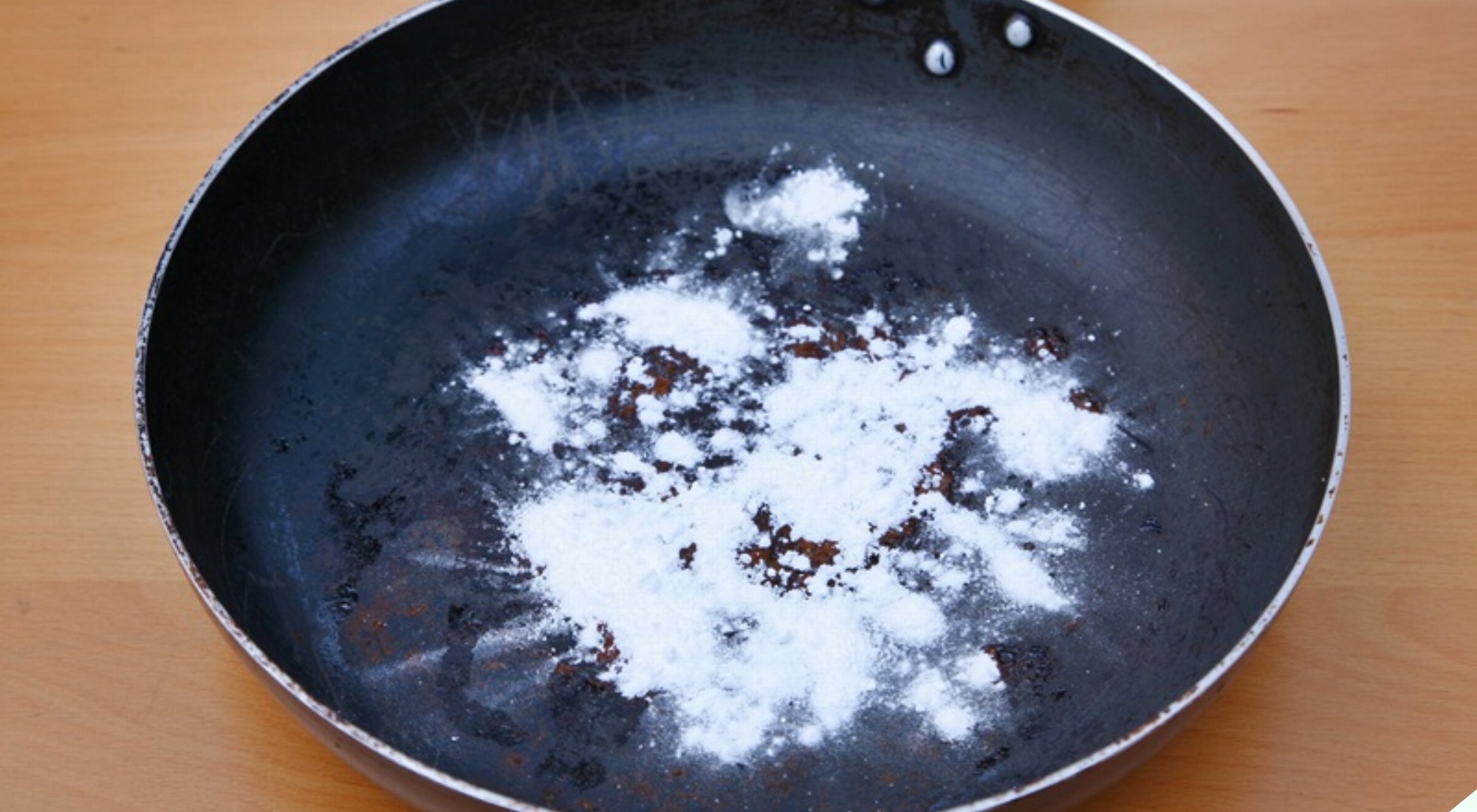
Step 3: Use a sponge to gently scrub and remove the burnt residue.

Cleaning with Lemon
Lemon is not just a seasoning, it’s also great for removing odors and cleaning.
Step 1: Cut the lemon into 4-5 slices, depending on the severity of the burnt pot/pan. Place the lemon slices in the pot and add water. Make sure the water level is just enough to cover the burnt marks.
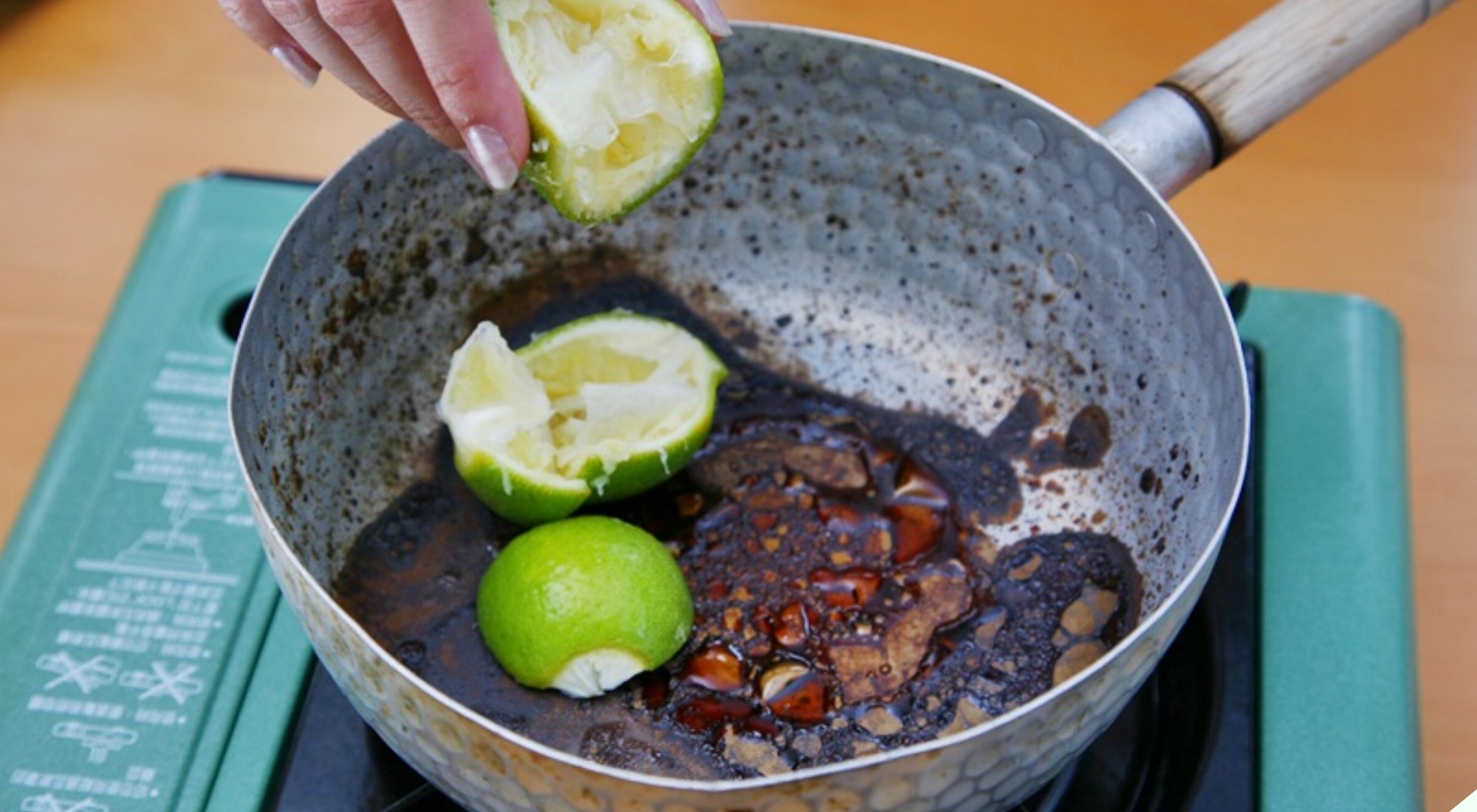
Step 2: Place the pot on the stove and turn the heat to medium. Let the water come to a boil and continue boiling for about 5 minutes before turning off the heat.
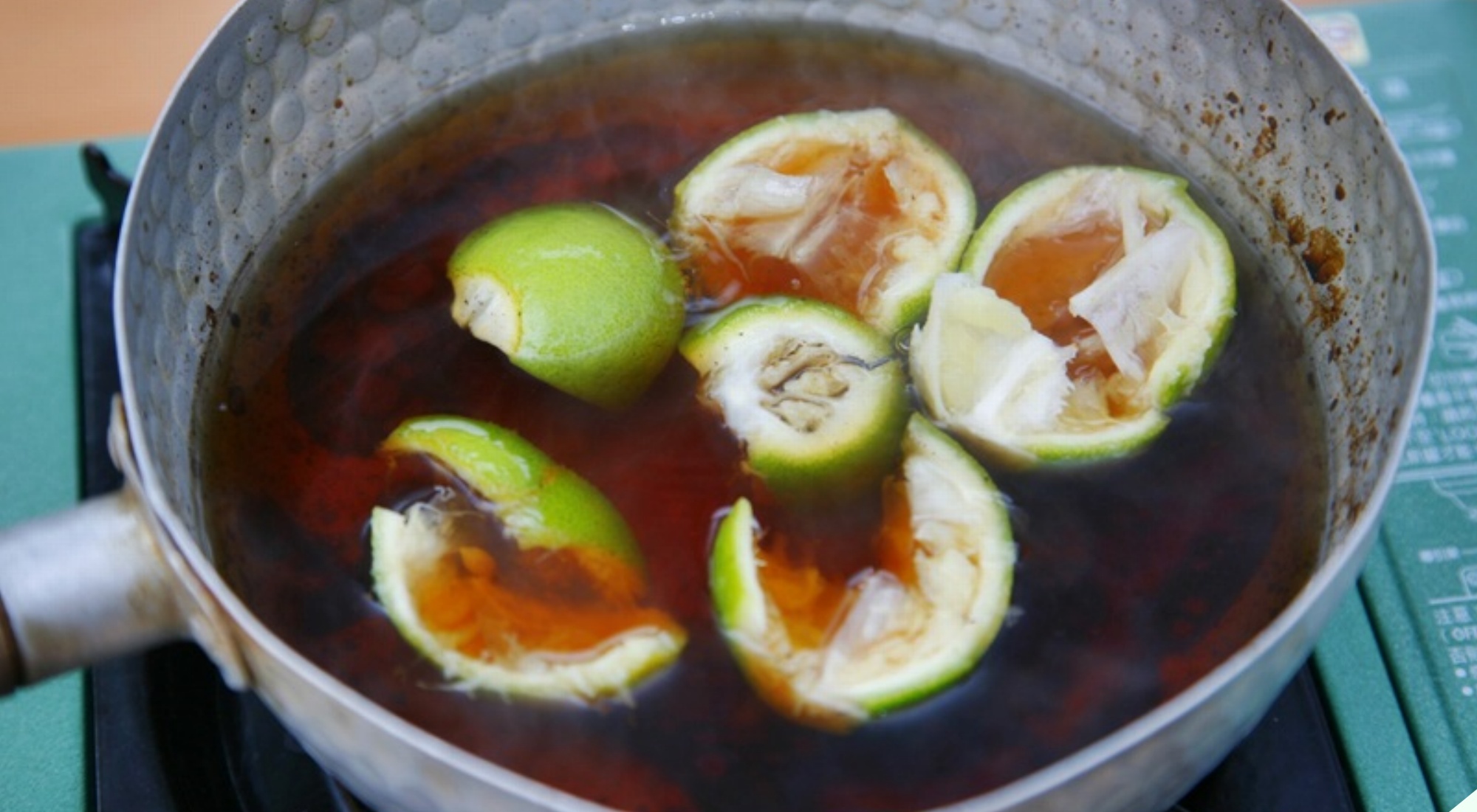
Step 3: After about 10-15 minutes, when the pot is cool enough to handle, use a dishwashing sponge to gently scrub and remove the burnt stains from the bottom of the pot.

Step 4: Rinse the pot as usual and it’s ready to use again. Lemon leaves a pleasant fragrance, so you’ll notice a subtle lemon scent after cleaning.
Cleaning with Apple Peels
Don’t throw away those apple peels! They can help remove stubborn burnt marks.
Step 1: Place the apple peels in the burnt pot or pan.
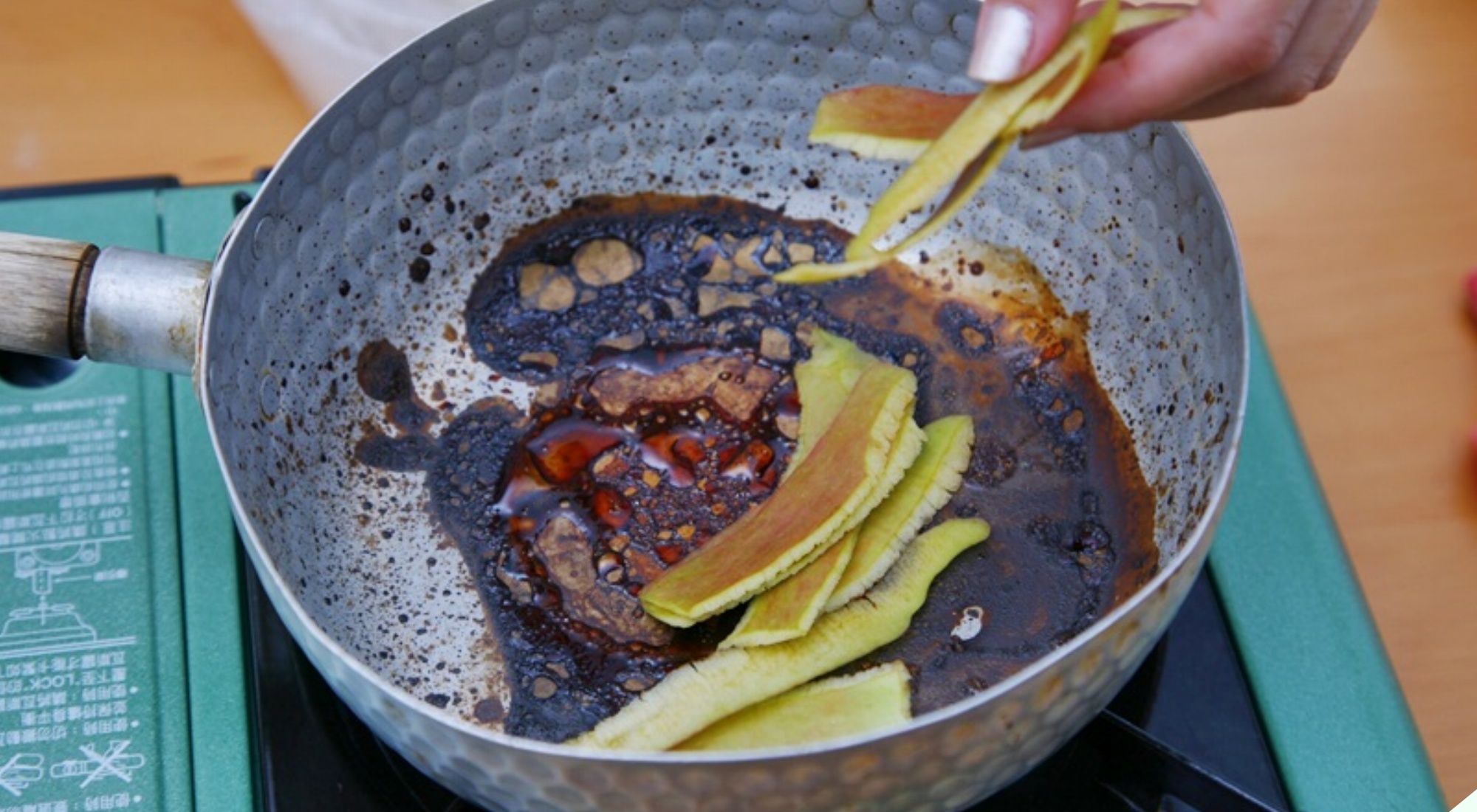
Step 2: Add water to the pot, making sure the peels and the burnt area are completely submerged.
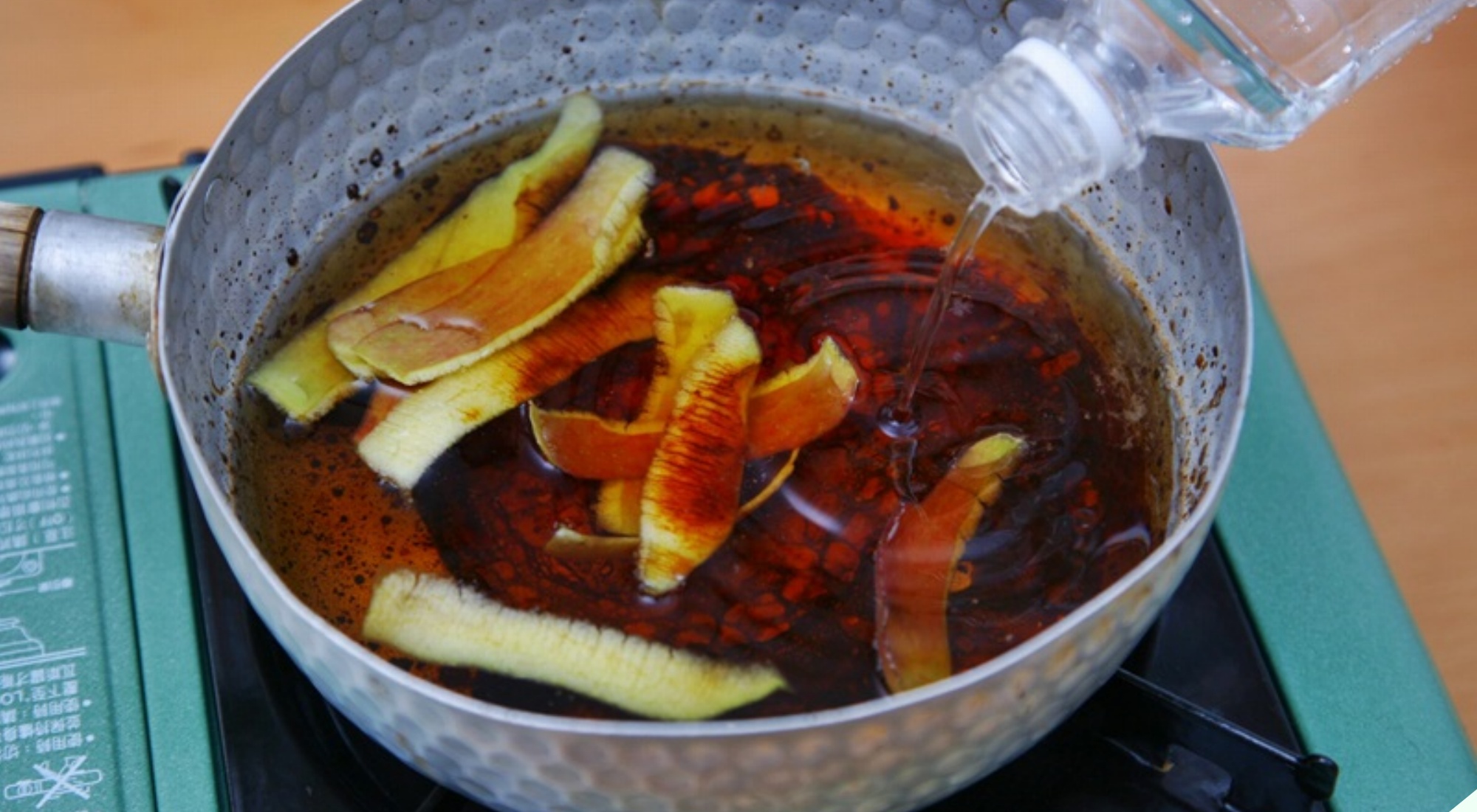
Step 3: Turn on the stove and boil the water. Let it boil for about 3-5 minutes, then turn off the heat.

Step 4: Let the pot soak for about 10-15 minutes. When the water is warm, use a dishwashing sponge to gently scrub and remove the burnt residue.

Alternatively, you can use pineapple peels instead of apple peels. The enzymes in pineapple peels will make the cleaning process even easier.
Cleaning with Table Salt
Table salt is another effective cleaning agent, especially for stainless steel pots. Do not use this method for non-stick cookware as it may damage the coating.
Step 1: Add 3-4 tablespoons of salt to the pot, adjusting the amount depending on the size of the burnt area.
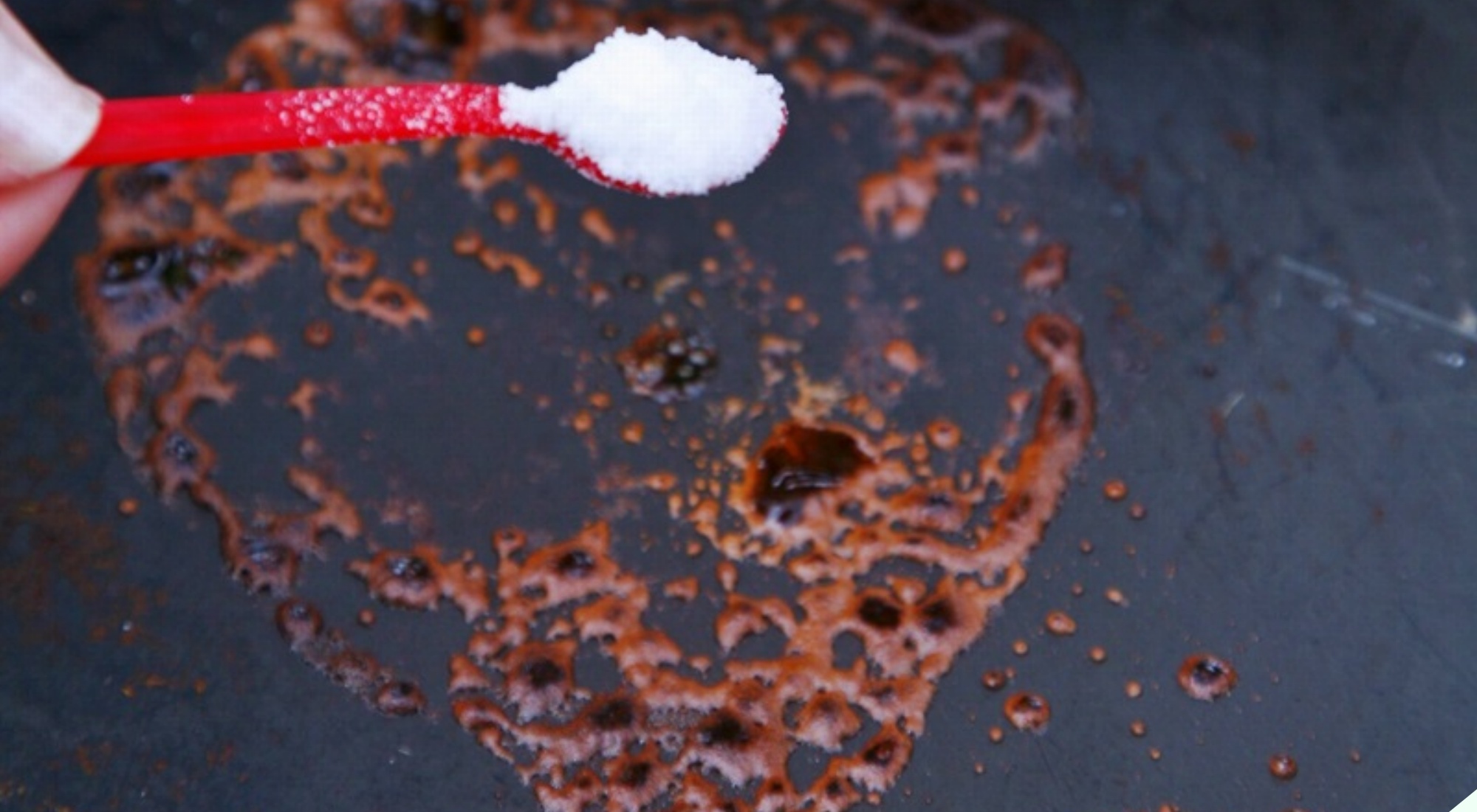
Step 2: Turn on the stove to low heat and use a spoon or chopsticks to continuously stir the salt.
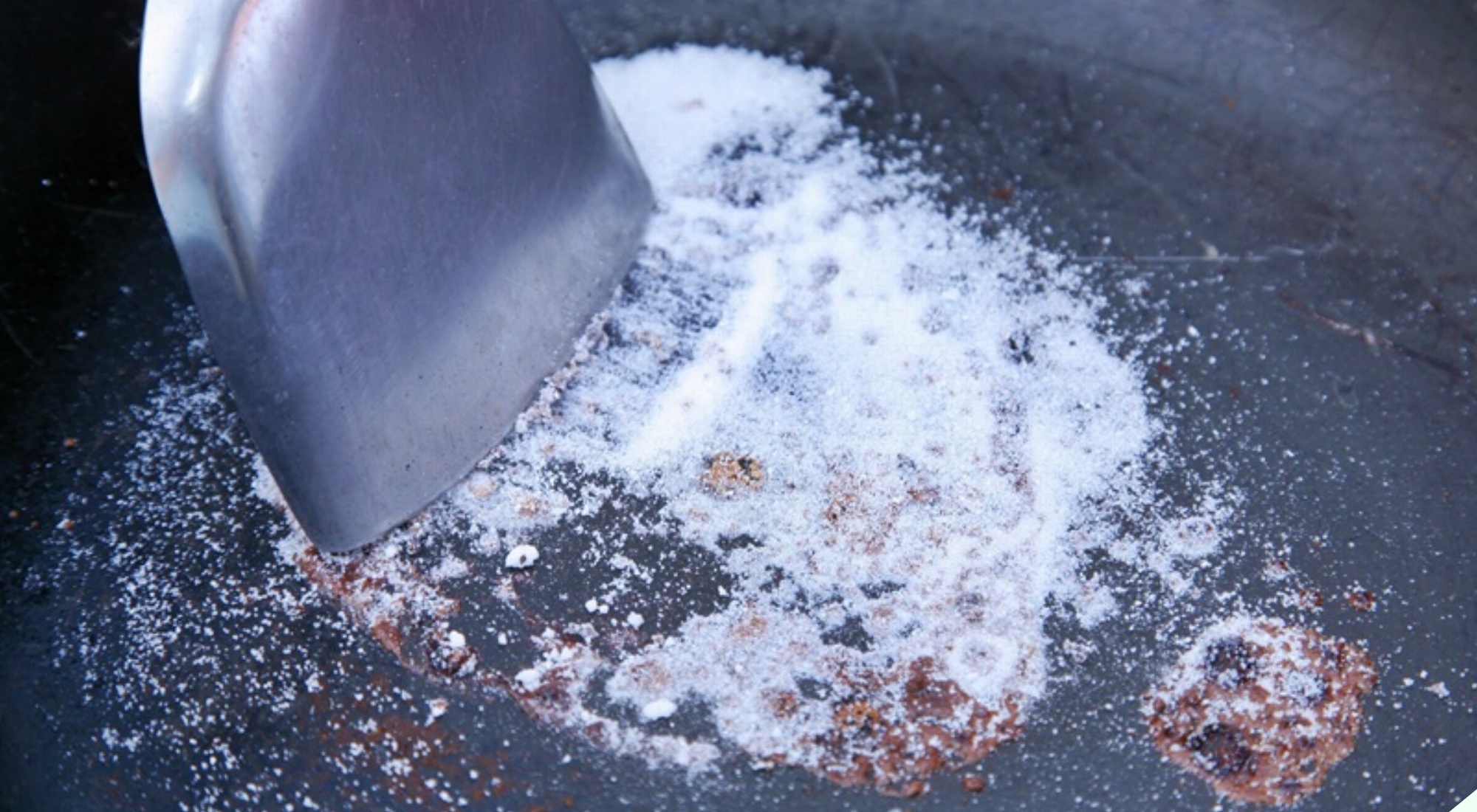
Step 3: You’ll notice that the burnt residue will stick to the salt, turning it dark brown. Keep stirring until the burnt marks are completely removed.

Once the pot is clean, discard the salt and rinse the pot with water.
Cleaning with Aluminum Foil
Aluminum foil is not just for grilling! It can also help make your burnt pot look brand new with these simple steps.
This method is suitable for stainless steel pots and pans. Do not use it on special coatings.
Step 1: Crumple a piece of used aluminum foil into a ball.
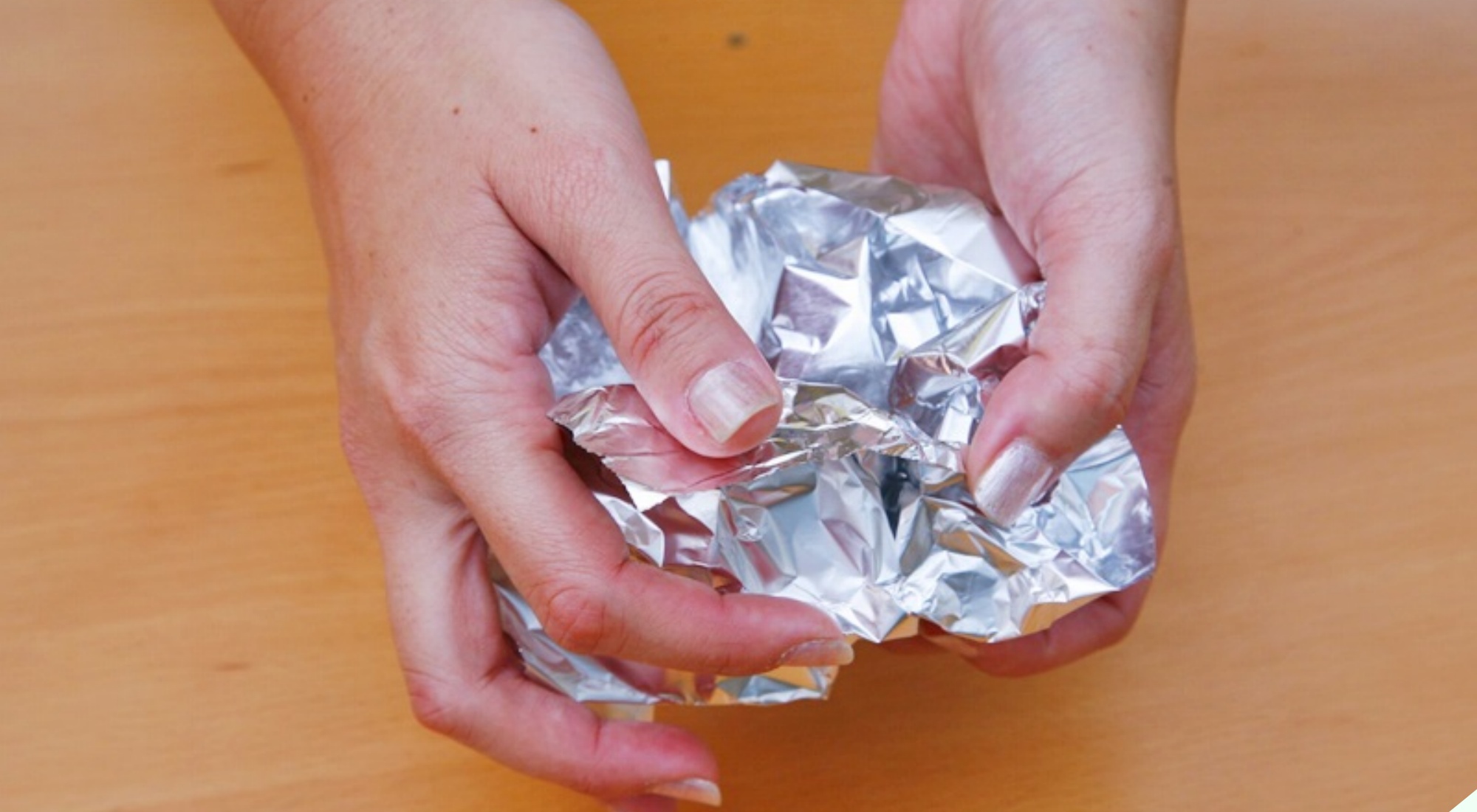
Step 2: Add a small amount of water to the burnt area of the pot and use the aluminum foil ball to scrub the area like a brush. This will help remove even the most stubborn burnt residue.
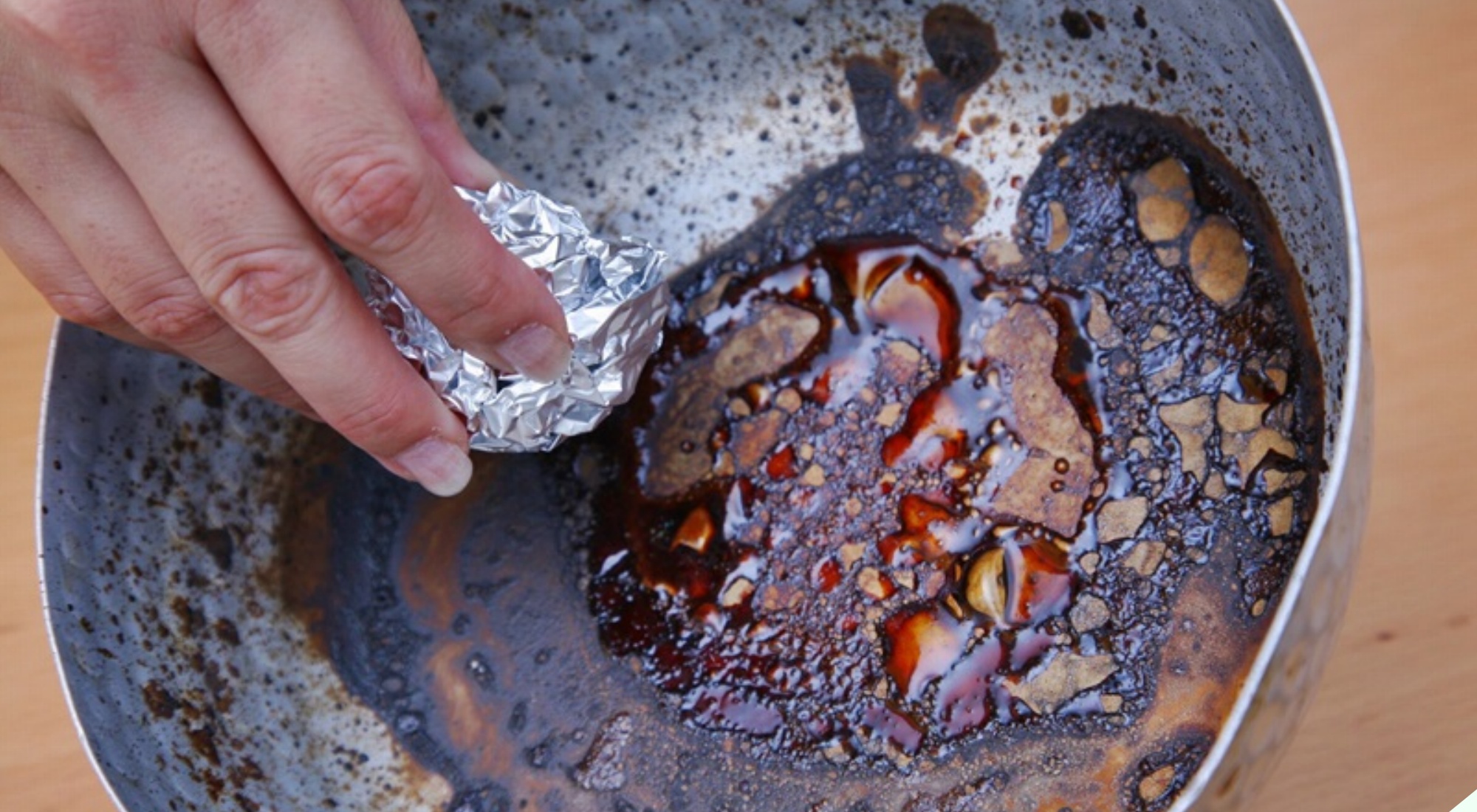
Step 3: Rinse the pot with water as usual, and you’re done!



































